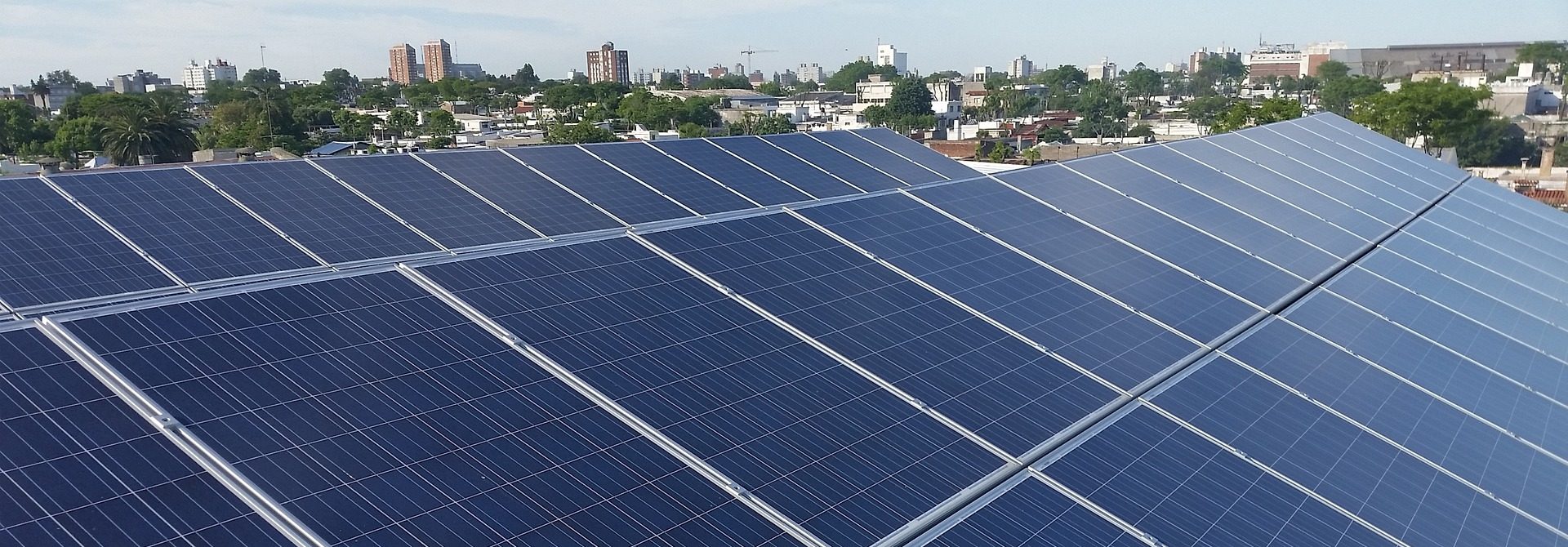The future of solar energy in Canada looks very promising. Solar energy has been gaining traction in the country over the past few years, thanks to a combination of government incentives, technological advances, and cost reductions.
The Canadian government has been pushing for the adoption of renewable energy sources, such as solar energy. In 2019, the federal government announced the Canadian Energy Strategy, which set a goal of having 90 percent of Canada’s electricity generated from renewable sources by the year 2050. This goal is achievable, as Canada already has an estimated 9,000 megawatts of installed solar capacity, which is enough to power over 1.5 million homes.
Technology has also played a large role in the development of solar energy in Canada. Solar panels have become increasingly efficient and reliable, while also becoming more affordable. This has made solar energy a much more attractive option for households and businesses alike. In addition, the cost of solar storage systems has also been decreasing, making it easier to store solar energy and use it when needed.
Finally, the cost of solar energy has also been decreasing. This is due to several factors, such as improved manufacturing processes, reduced installation costs, and government incentives. In addition, utility companies have been offering net metering programs, which allow customers to sell excess energy back to the grid, as well as feed-in tariff programs, which provide additional financial incentives for solar energy production.
All of these factors have combined to make solar energy a viable and attractive option for many Canadians. As the technology continues to improve and the cost of solar energy continues to decrease, it is likely that the number of Canadians using solar energy will continue to grow. In the future, solar energy could become an important part of the Canadian energy landscape, providing clean and renewable energy to many households and businesses.



